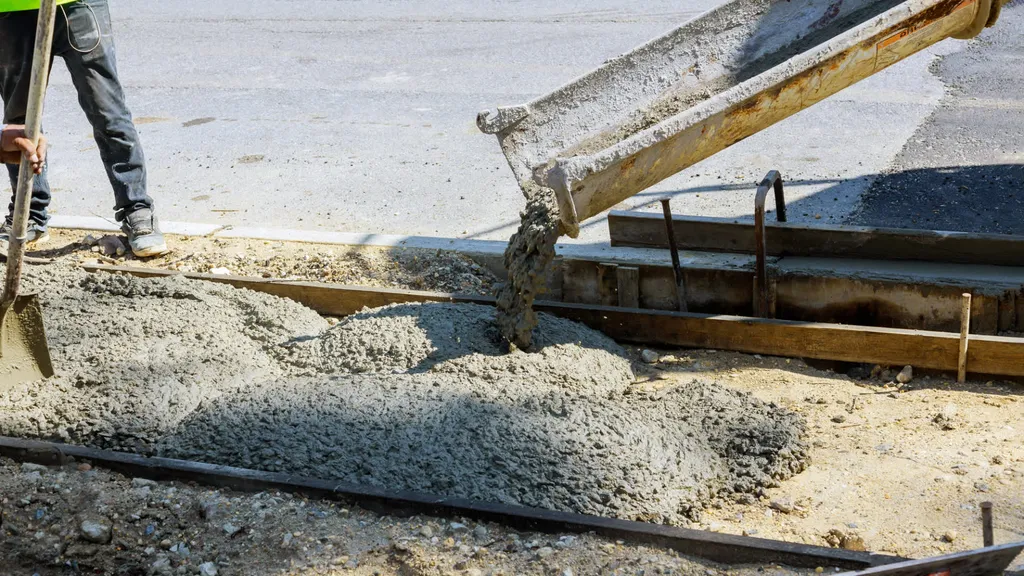In a groundbreaking study published in the journal *Geotecnia* (English: Geotechnics), researchers from the University of Coimbra have demonstrated the potential of inorganic waste materials to revolutionize sustainable geotechnical engineering. Led by Beatriz Bandarra from the University of Coimbra’s CERES Department of Chemical Engineering, the research focuses on the mechanical and environmental behavior of waste materials, offering a promising avenue for the construction industry to embrace circular economy principles.
The study centers on two types of abundant waste materials: municipal solid waste incineration slag and iron mine tailings. These materials, often challenging to manage, were evaluated for their potential use in geotechnical works, providing a sustainable alternative to natural aggregates. “The goal was to provide a comprehensive, multidisciplinary assessment to support informed decision-making in the application of these residues,” Bandarra explained.
The research team conducted a thorough analysis, including physical, geotechnical, chemical, and ecotoxicological evaluations. The results were promising. The waste materials exhibited low leaching potential and did not cause significant ecotoxic effects, indicating their environmental safety. Additionally, the materials demonstrated favorable geotechnical properties, such as good one-dimensional stiffness, reasonable permeability, and shear strength comparable to dense granular soils.
The implications for the construction and energy sectors are substantial. As the demand for sustainable practices grows, the ability to repurpose waste materials in geotechnical applications can significantly reduce the environmental footprint of construction projects. “This research opens up new possibilities for the construction industry to adopt circular economy principles, reducing the reliance on natural resources and minimizing waste,” Bandarra noted.
The study’s findings suggest that these waste materials could be effectively used in various geotechnical applications, from road construction to landfill liners, offering a cost-effective and environmentally friendly solution. As the world moves towards more sustainable practices, the insights from this research could shape future developments in the field, driving innovation and promoting the responsible use of resources.
Published in *Geotecnia*, the research provides a solid foundation for further exploration and application of inorganic waste materials in geotechnical engineering, paving the way for a more sustainable future.

